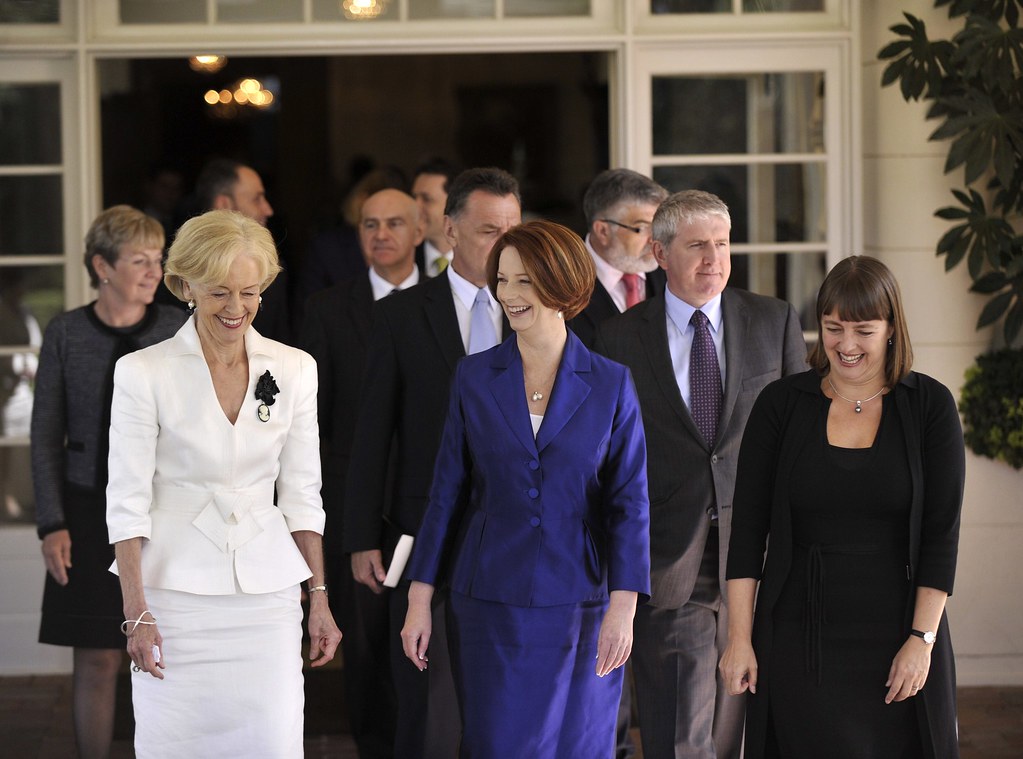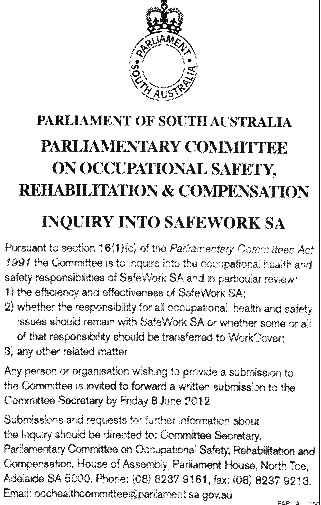
The Australian Prime Minister, Julia Gillard, has been under intense media pressure over an issue concerning her conduct as a lawyer around 17 years ago.
It involves legal work for unions, her personal relationship at the time with a union official who has been described as “dodgy” and of most relevance to this blog, workplace safety.
Missed in all the debate is that the workplace safety issue seems to support the assertions of many in the business and industry associations that OHS is frequently used by trade unions as an excuse for action in other areas. These other areas are usually industrial relations but in this instance OHS was used to mask a unionist’s alleged misuse of member and industry funds. Continue reading “Inside Australian PM’s political problems is a nugget of workplace safety”




